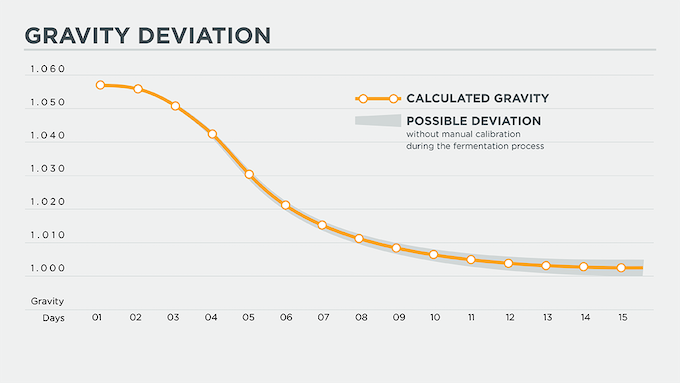Hi guys!
We are PLAATO from Oslo, Norway. We have recreated a digital airlock that track the fermentation process.
It gives you key stats as SG, Fermentation rate, alchole level and much more.
We have gone on kickstarter today. Check out our page here:
http://bit.ly/KickstartPLAATO
Best,
PLAATO Team
We are PLAATO from Oslo, Norway. We have recreated a digital airlock that track the fermentation process.
It gives you key stats as SG, Fermentation rate, alchole level and much more.
We have gone on kickstarter today. Check out our page here:
http://bit.ly/KickstartPLAATO
Best,
PLAATO Team






